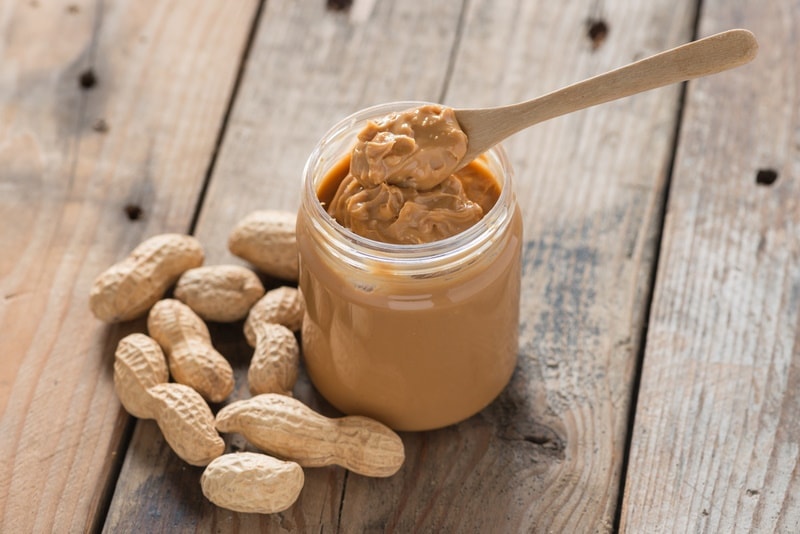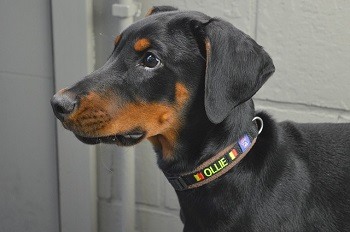10 Husky Dog Breeds: Pictures, Facts & History
Updated on
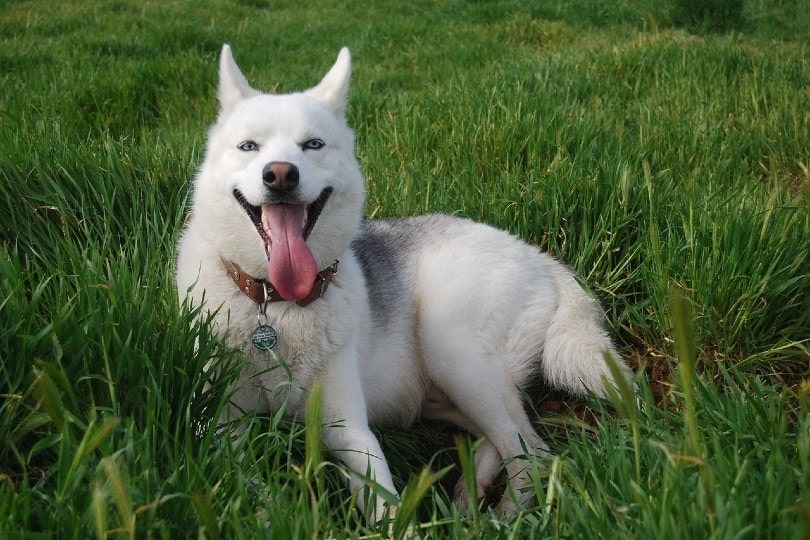
When you think of Huskies, dog sledding automatically comes to mind. Huskies are beautiful dogs with double coats fit for handling harsh, cold climates and have been used for centuries as sled dogs, mainly in Arctic regions. Huskies make excellent companions and are known for their strong-willed work ethics.
In this article, we’ll list 10 well-known Husky breeds and discuss their places of origin and other valuable and interesting information so you can decide if a Husky is right for you.
How Are Huskies Classified?
Huskies are classified as members of the working group. They are descendants of wolves and are known for their strong will and endurance for pulling sleds. Their thick double coats were purposely developed to withstand the harsh climates of Arctic regions, and they still make popular pets today. The Siberian Husky is the most recognized Husky breed, but there are quite a few variations, which we’ll discuss in this article.
The 10 Husky Breeds
1. Siberian Husky
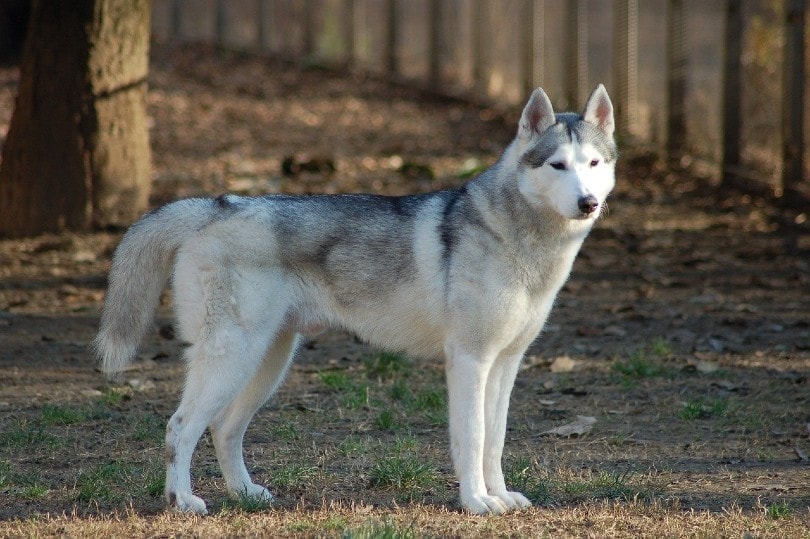
| Origin: | Northern Siberia, 4,000 years ago |
| Lifespan: | 12 to 14 years |
| Height: | 20 to 23 inches |
The Siberian Husky’s ancient lineage dates back roughly 4,000 years. They originated in Northern Siberia and were dogs of the Churchi tribe, where they served as all-purpose dogs. In 1909, a team of these dogs was brought to Alaska to compete in the All-Alaska Sweepstakes races and finished third overall. From then on, Huskies became the icon for most sled-dog races.
Siberian Huskies have wolf-like faces and weigh anywhere from 35 to 60 pounds. Their piercing blue eyes and pointy ears are unmistakable, and they have quirky personalities with strong vocalization. Speaking of being vocal, these dogs have no problem telling you if they are upset or unhappy, and they won’t pass up the chance to howl at music or sirens. They are strong-willed and not recommended for a first-time dog owner.
2. Alaskan Malamute
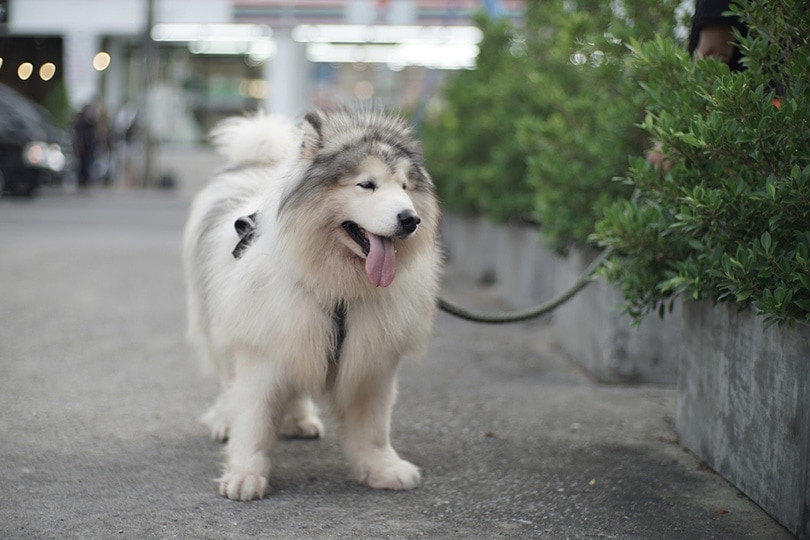
| Origin: | Siberia |
| Lifespan: | 10 to 14 years |
| Height: | 23 to 26 inches |
The Alaskan Malamute is considered one of the oldest sled dog breeds. It’s believed these dogs traveled to North America from Siberia by way of the Bering Strait thousands of years ago. These heavy-duty workers have a history of living and working in harsh conditions and climates and can pull hefty loads at slow speeds. Once they arrived in North America, they lived and worked with the Mahlemuts (hence the name), an Inuit tribe who settled in northwestern Alaska.
The dogs are often confused with the Siberian Husky; however, they are larger, weighing 75 to 100 pounds, and are slightly taller. This breed has come a long way after nearly going extinct during the Gold Rush in the 1800s due to the high demand for working dogs. Like the Siberian Husky, they have a stubborn streak and need an experienced handler. They are also strong-willed with brilliant intelligence.
3. Alaskan Husky
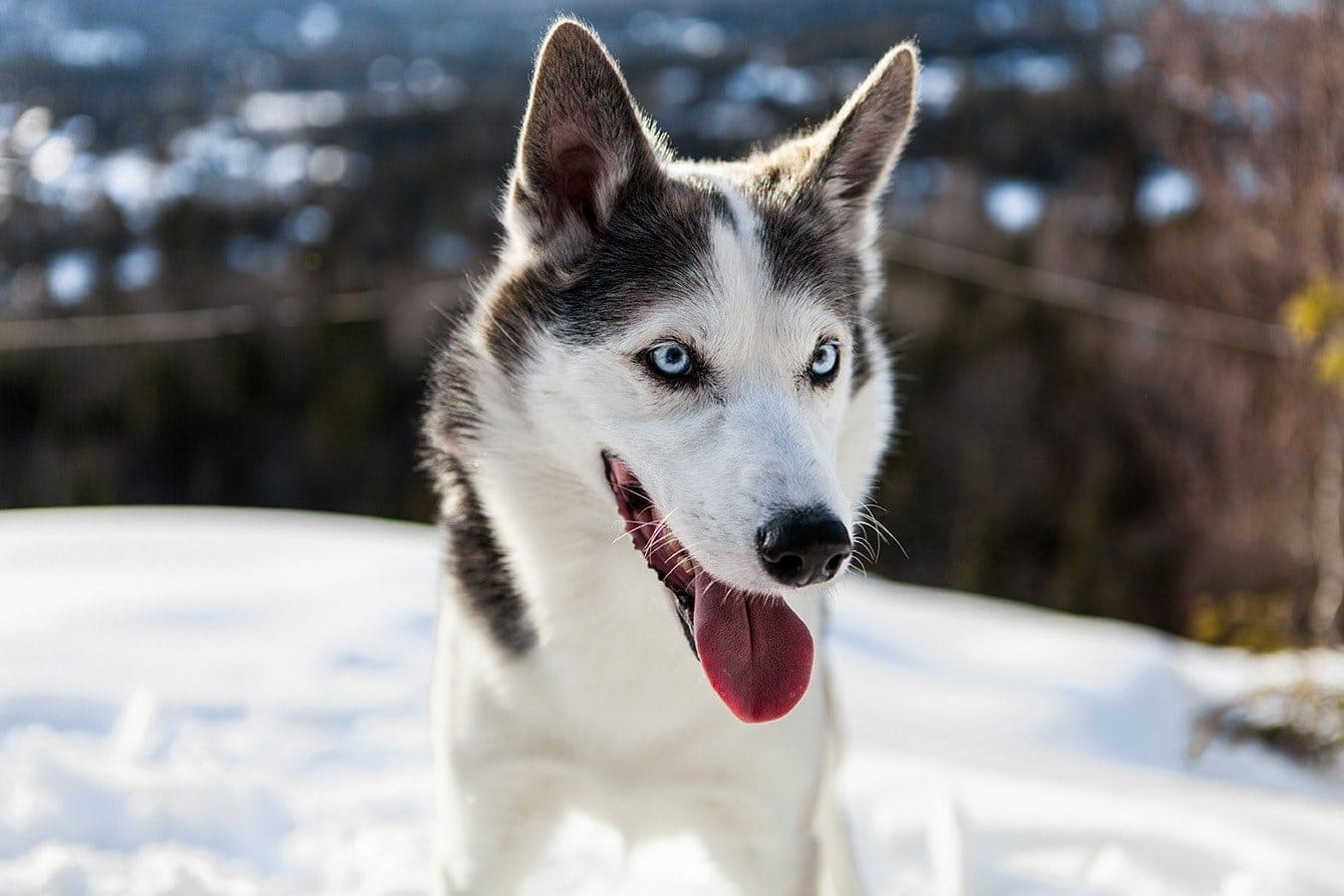
| Origin: | Alaska |
| Lifespan: | 10 to 15 years |
| Height: | 23 to 26 inches |
The Alaskan Husky is not recognized by the American Kennel Club (AKC), but that does not exclude them from our list. These dogs are a mix of working dogs, including the Greyhound, Alaskan Malamute, and the German Shorthair Pointer. They originated in Alaska and are known for their ability to pull heavy sleds and extraordinary endurance.
They, too, have a wolf-like appearance but are smaller in size compared to the Siberian. They are friendly and playful and make loyal companions. These dogs love to exercise and make excellent pets for hikers, runners, and active families. Be aware that if they don’t get enough exercise, they can be destructive.
4. Samoyed
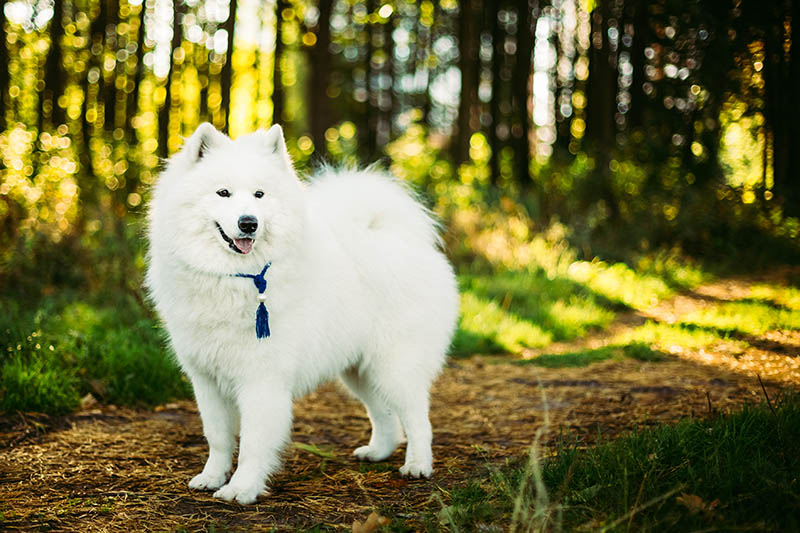
| Origin: | Siberia |
| Lifespan: | 12 to 14 years |
| Height: | 19 to 24 inches |
The Samoyed was brought out of Siberia at the end of the 19th century and into the 20th century to pull sleds during Antarctic and Arctic journeys—only a few survived. They were originally bred to hunt, pull sleds, and herd reindeer for the Samoyede people in northwestern Siberia.
The Samoyed has a fluffy, white double coat and weighs 35 to 65 pounds. Their fluffy doubt coats allow them to withstand minus 60-degree weather, making them treasured sledding dogs. They are friendly, playful, and alert. The Samoyed is an extremely energetic breed and requires much exercise. They are vocal and typically love meeting new people and dogs.
5. Chinook

| Origin: | New Hampshire |
| Lifespan: | 12 to 15 years |
| Height: | 22 to 26 inches |
The Chinook is a rare and newer Husky breed hailing from New Hampshire and is the state’s official breed. They were developed from a cross of a Farm Dog and Husky in the early 20th century to be rugged, hard-working sledding and rescue dogs. They are friendly, intelligent, and have an eagerness to make everyone around them happy.
These dogs are known for their fierce endurance, and they love to train in agility, sledding, and obedience. They have tons of energy yet are calm with people. They don’t have the typical Husky look; the coat is yellowish or orange-brown, resembling a Husky/Shepherd mix. The Chinook also has floppy ears rather than the upright ears of a Husky.
6. Labrador Husky

| Origin: | Northern Canada |
| Lifespan: | 10 to 14 years |
| Height: | 20 to 28 inches |
One would think that the Labrador Husky is a mix between the Labrador Retriever and a Siberian Husky, but this is not the case. These dogs are purebred and originated in Northern Canada in the 14th century. It’s believed the dogs were bred with wolves to give them the ability to withstand cold and harsh climates.
These dogs are muscular and have a strong prey drive, which makes them not ideal to house with other dogs. They are medium-sized, standing 20 to 28 inches from the shoulder to the ground and weigh between 60 and 100 pounds. They have a thick, double coat that comes in red, black, white, or grey.
7. Greenland Dog
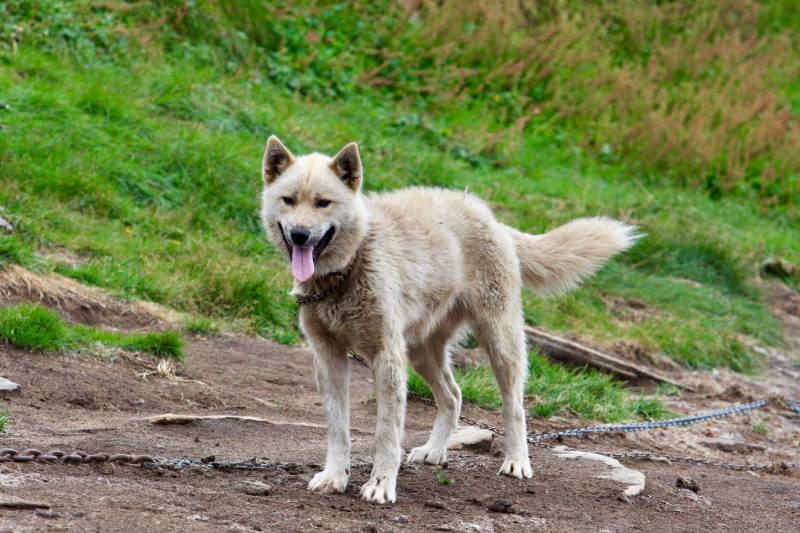
| Origin: | Siberia |
| Lifespan: | 12 to 14 years |
| Height: | 20 to 27 inches |
The Greenland Dog, also known as the Canadian Eskimo Dog, is one of the most ancient Husky breeds. This breed shares its origins with the Canadian Eskimo Dog, even though they should technically be two separate breeds due to being developed in different geographical regions. The Greenland Dog and Canadian Eskimo Dog were brought to North America 1,000 years ago by the Thule people, and they are still popular sledding dogs in the Arctic regions.
These large dogs have a muscular and stocky appearance and are valued for their endurance and strength. They can be stubborn with an independent streak but are loyal once the owner establishes dominance.
8. American Eskimo Dog
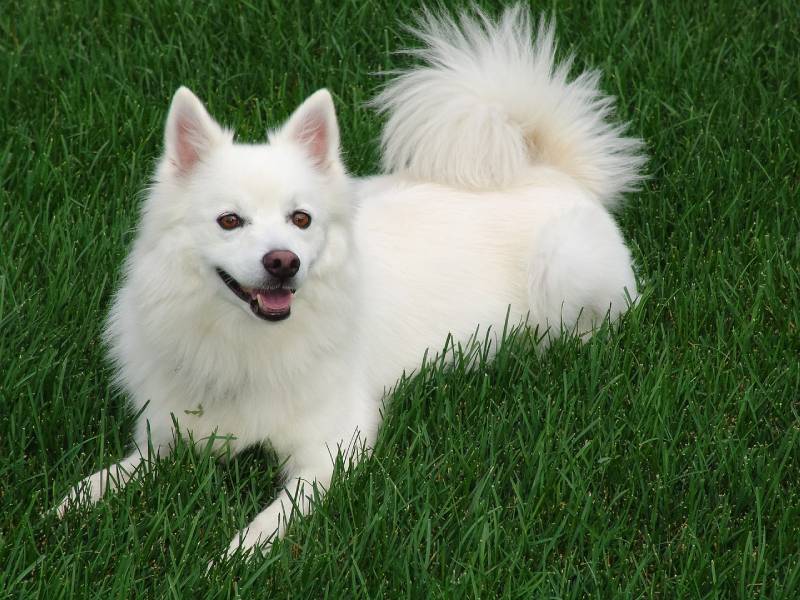
| Origin: | Germany |
| Lifespan: | 13 to 15 years |
| Height: | 15 to 19 inches (standard) |
The American Eskimo Dog comes in toy, miniature, or standard size. These loyal, smart, and versatile dogs are the most popular to own among the Husky breed, and they make excellent family companions. These dogs originated in Germany and are descendants of the German Spitz. They arrived in the United States with German immigrants in the early 1800s, becoming known as the American Eskimo Dog.
They have solid white double coats, and in the 19th century, they became popular with traveling circuses due to their ease of training and eagerness to please. These dogs make excellent watchdogs but are prone to excessive barking.
9. Alaskan Klee Kai
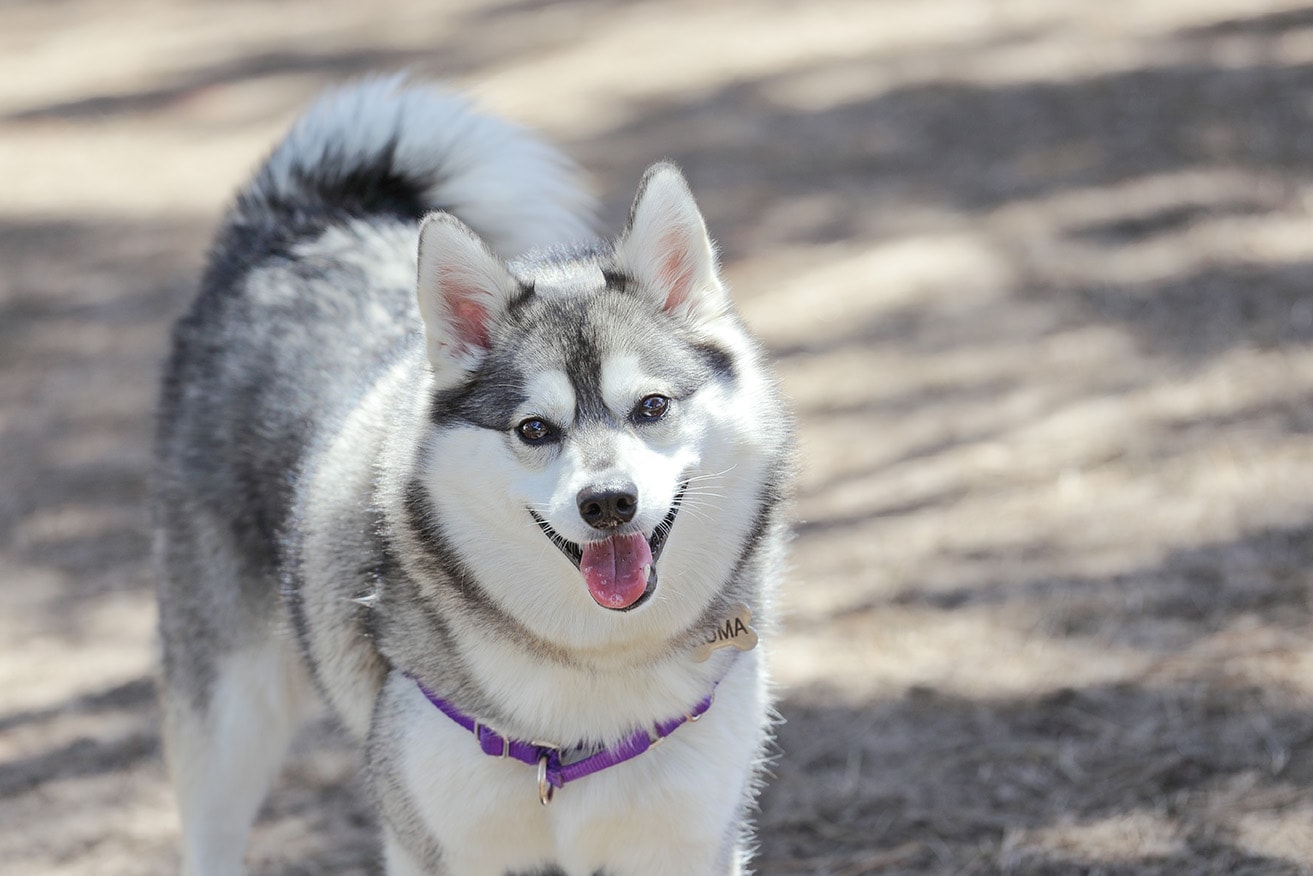
| Origin: | Alaska |
| Lifespan: | 13 to 16 years |
| Height: | 12 to 17 inches |
The Alaskan Klee Kai was developed in the ‘70s as a miniature version of the Alaskan Husky for a more companion-sized dog. In fact, “Klee Kai” is an Eskimo term for “little dog.” They are energetic, alert, and curious little dogs who have no problem with vocalization. These little ones are loving and loyal with high intelligence. They need quite a bit of exercise and will vocalize their displeasure if not exercised enough.
The double coat comes in shades of black and white, gray and white, red and white, or even solid white. They respond well to training, and they love to play and romp.
10. Pomeranian Husky

| Origin: | United States |
| Lifespan: | 13 to 15 years |
| Height: | 10 to 15 inches |
The Pomeranian Husky is a hybrid breed, also known as the Pomsky. They are a cross between the Siberian Husky and Pomeranian, which is an interesting mix given the size difference. Interestingly, artificial insemination is required to avoid complications in the breed, and the mother is always a Husky, and the father is always a Pomeranian. They originated in 2009 in the United States and have become popular in recent years in Europe and North America.
Much like their Husky ancestors, they can be stubborn. They are, however, intelligent little dogs and are gentle and playful. They have high energy levels and require attention. They can also be destructive if not physically and mentally stimulated. Nonetheless, they are adorable little dogs that make excellent companions.
- See Also: 25 Husky Mixed Breeds (With Pictures)
Conclusion
Huskies are intelligent dogs that make excellent family companions. Most breeds have stubborn streaks and require an experienced handler, but they are loyal and loving to their owner once the owner displays dominance. They do better living in colder climates due to their thick double coats, and they make wonderful watchdogs. If you’re looking for a vocal dog, look no further than a Husky breed.
Featured Image Credit: Maria Ortega, Pixabay


